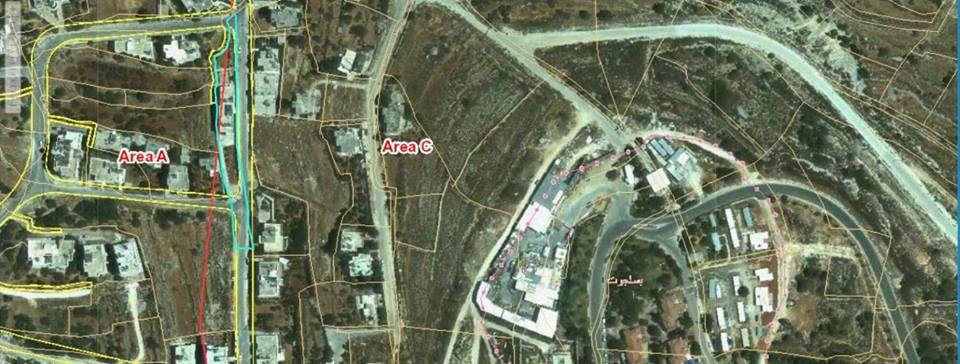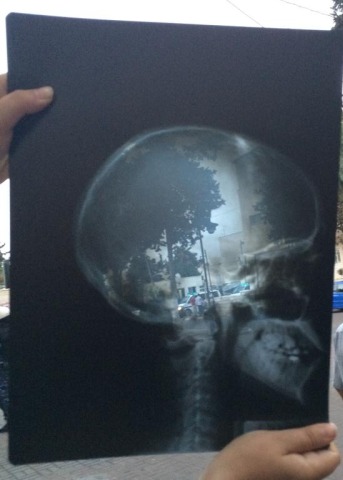Tag: Area A
-
Israeli forces threaten Palestinian families with house demolitions
7th April 2017 | International Solidarity Movement, Ramallah team | al-Bireh, occupied Palestine On 5th April, 2017, Israeli forces told Abbas Qar’an and his family that their home in al-Bireh was going to be demolished. The homes of two other anti-occupation activists in the area recieved similar threats. ISM activists met with Abbas, the son of…
-
One Palestinian killed and over 25 injured as Israeli military invade Ramallah
22nd June 2014 | International Solidarity Movement| Ramallah, Occupied Palestine In the early hours of the morning, the Israeli military invaded the Ramallah district of the West Bank; at least 25 people were injured, mostly from the many rubber-coated steel bullets fired by the soldiers. One youth was shot with live ammunition in the head. Mahmoud Atalla…
-
Video- Israeli forces raid Nablus during Ramadan
23rd July 2013 | International Solidarity Movement, Nablus Team | Nablus, Occupied Palestine Tonight 23rd July 2013, the Israeli army invaded Nablus and shot large amounts of tear gas canisters and sound bombs at Palestinian youth trying to push back the invading forces. At around 2:45am, Israeli army invaded Faisal Street, the main artery that…



